Mozambique: Nearly 94% of Govt spending in 2026 will be on operating expenses
No $ for hidden debt til 2023; clash with IMF on economy – By Joseph Hanlon
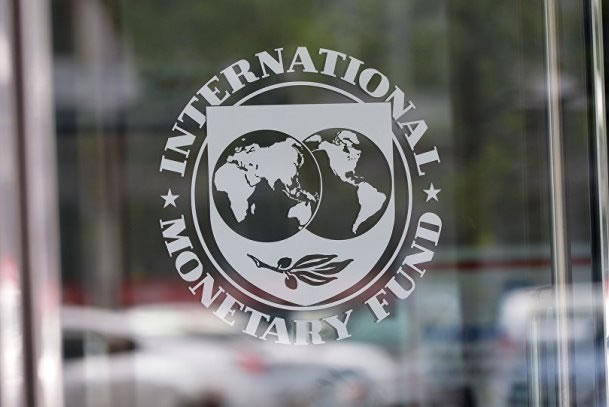
Mozambique intends to make no payments on the $2 bn hidden debt for at least five years, according to the Mozambique Debt Sustainability Analysis (DSA) which will be submitted to an IMF board meeting Friday, 2 March.
Written in convoluted IMF speak, the DSA says “it is [the IMF] staff’s understanding that the authorities plan to hold off on making payments on the defaulted loans” – that is the $2 bn secret debt plus corrupt loans from Brazil – and that “external arrears … are assumed to accumulate” until 2023, when the first gas revenues become available.
Government open to saying debt is illegitimate
Bank of Mozambique Governor Rogerio Zandamela, in a roundabout way, admitted that the government is considering a claim that the $2 bn debts are illegitimate and illegal and should not be repaid – probably the first public admission by a senior official that the government might simply say it would not pay.
At a Maputo press conference Monday 26 February Zandamela was asked about the debt. He responded, surprisingly, using the media phrase “hidden debt” (“dividas ocultas”). He said “There is a debate as to whether the hidden debt is legal or not. … Let the lawyers debate and decide the legality of this debt, whether or not to be part of [government] accounts. It is a legal issue not only in Mozambique but also in the world, whether it is legitimate or not. Even outside Mozambique there is no agreement,” he said. (@Verdade, 27 Feb)
Comment: This is the first public admission by a top official that Mozambique recognises the debate about illegitimacy, and, in effect, that international campaigners have made an effective case that the debt is illegitimate and should not be paid. We noted in Monday’s newsletter that both the Tribunal Administrativo and the Ministry of Economy and Finance are both being careful not to put most of the hidden debt into the formal accounts. (See this bulletin 26 Feb for more details, http://bit.ly/2oAy3kQ) Combined with the DSA statement on no payments in the near future, this suggests Mozambique plans to take a hard line in its 20 March meeting with private creditors in London.
Four civil society groups demand information in Mozambique before the presentation to creditors in London on 20 March. The Kroll report should be published as was promised last year, government should say if it intends to repay the “illegal and illegitimate debt”, and more information should be given to parliament. In addition, CIP, IESE, MASC and OMR in their 26 February statement demand concrete actions to call to account those responsible for the debt. http://bit.ly/2F81m8B
IMF and government clash on economy – can Mozambique carry on without change?
There are sharp disagreements between government and the IMF on the state of the economy – and if Mozambique can successfully continue on its current path. Bank of Mozambique Governor Rogerio Zandamela told the Monday press conference that “without doubt, Mozambique is coming out of the crisis.” (O Pais, 27 Feb) Inflation is falling and the economy is growing at a faster rate than the SADC average, he said in a statement to the Monetary Policy Committee. (http://www.bancomoc.mz)
But the IMF is extremely negative in its report on the Article IV mission to Mozambique in December 2017. “Mozambique’s economy is facing difficult challenges. While inflation has declined rapidly, real GDP growth continues to weaken.” The linked Debt Sustainability Analysis (DSA) says “growth is expected to recover only in 2023 on the back of the start of production of natural gas products.” And the IMF stresses that “two decades of high GDP growth have not yet resulted in significant poverty reduction.”
The DSA makes clear that government and the IMF disagree, and that government predicts higher growth rates with current policies. But the IMF says “the 2018 budget targets are unlikely to be achieved.”
The government continues to run a large deficit funded by borrowing and not paying its bills. The DSA says “Mozambique’s debt is currently in distress, and total public debt is on an unsustainable path.” The DSA continues: “the projected fiscal gap over the medium term is too large to be financed through a continuous accumulation of arrears.” If the government continues with policies unchanged, “arrears to suppliers are expected to accumulate, reaching about 20% of GDP by 2023.” Again, the report says government disagrees; Mozambique accepts the need to reduce the deficit, but believes this can be done gradually.
The IMF stresses that the economic crisis was caused by “the disclosure of the hidden loans in the spring of 2016 and the resulting freeze in donor support.”
Other financial
Interest rates were cut by 1.5% on Monday 26 February by the Monetary Policy Committee to reflect the view that the economy is improving. The Interbank Money Market Rate (MIMO) is cut from 19.5% to 18%. The central bank’s interventions on the interbank money market to regulate liquidity are based on this rate. The Standing Lending Facility (the interest rate paid by the commercial banks to the central bank for money borrowed on the Interbank Money Market) falls from 20.5% to 19%, and the Standing Deposit Facility (the rate paid by the central bank to the commercial banks on money they deposit with it) falls from 14% to 12.5%. These rates are still very high, as annual inflation is just 3.8%. The Compulsory Reserves Coefficient – the amount of money that the commercial banks must deposit with the Bank of Mozambique – remains unchanged for local currency at 14%, but for foreign currency jumps from 14% to 22%.
The metical is devaluing again, from $1 = MT 58.9 on 16 January to $1 = MT 61.4 on 23 February and from Rand 1 = MT 4.78 to R 1 = MT 5.28 in the same period. The IMF estimates that the Metical is overvalued by 15-20%.
International reserves declined from the beginning of the year to mid-February by $96 mn, due to the central bank’s sale of dollars on the Interbank Exchange Market (largely to pay for imported fuels), and to servicing the bilateral and multilateral foreign debt. There was no servicing of what even Zandamela called the “hidden debts”. Reserves now stand at $3.2 bn, enough to cover seven months imports of goods and non-factor services (excluding the imports of the foreign investment mega-projects). (AIM Eng 27 Feb)
Domestic government debt rose from MT 98 bn in December to MT 105 bn in February ($1.6 bn to $1.7 bn at current exchange rates.) This is largely through the sale of high interest treasury bills and bonds, but the interest rates demanded in the auctions is falling – from 22.5% (90 days) to 23.8% (year) in December to 19.5% to 20% in February.
By Joseph Hanlon



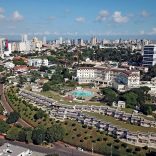

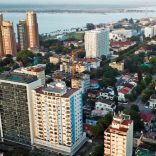

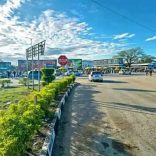



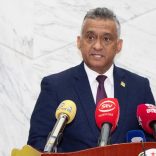
Leave a Reply
Be the First to Comment!
You must be logged in to post a comment.
You must be logged in to post a comment.